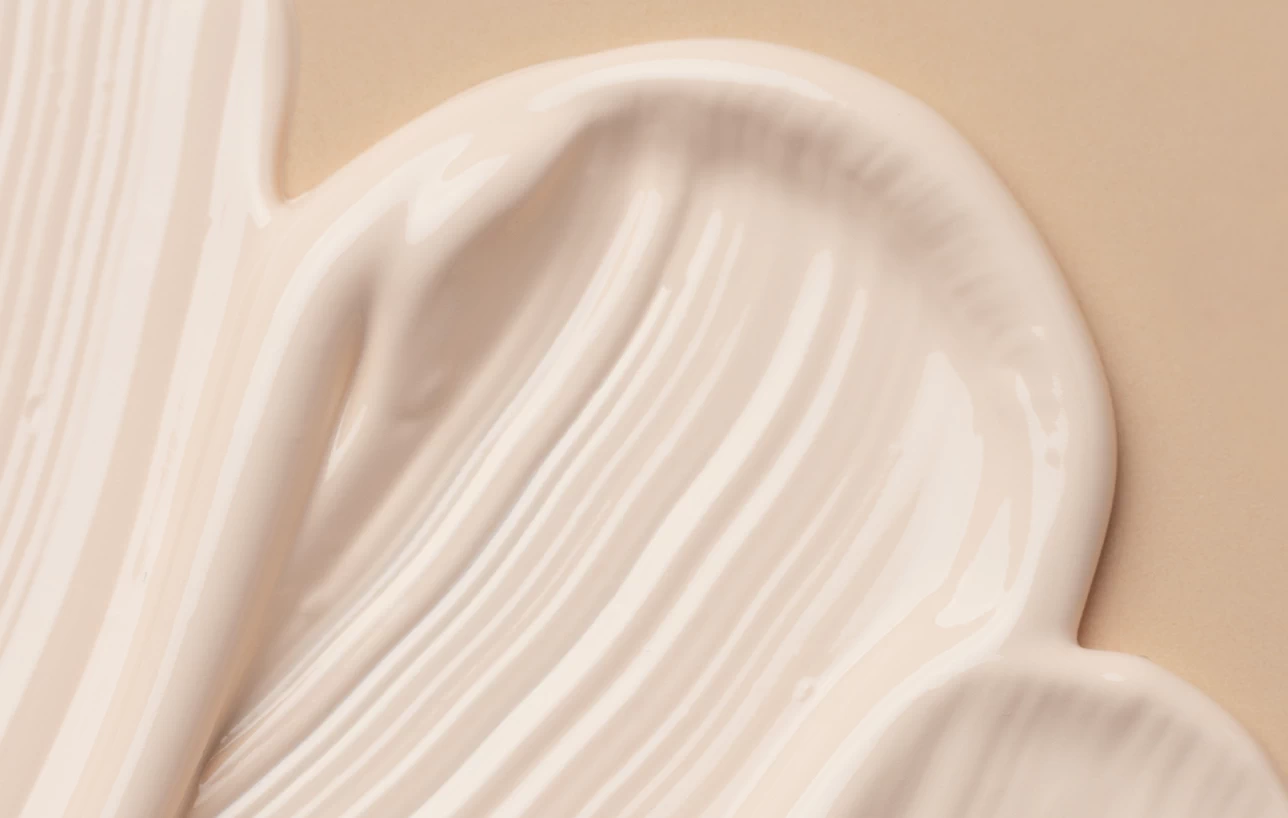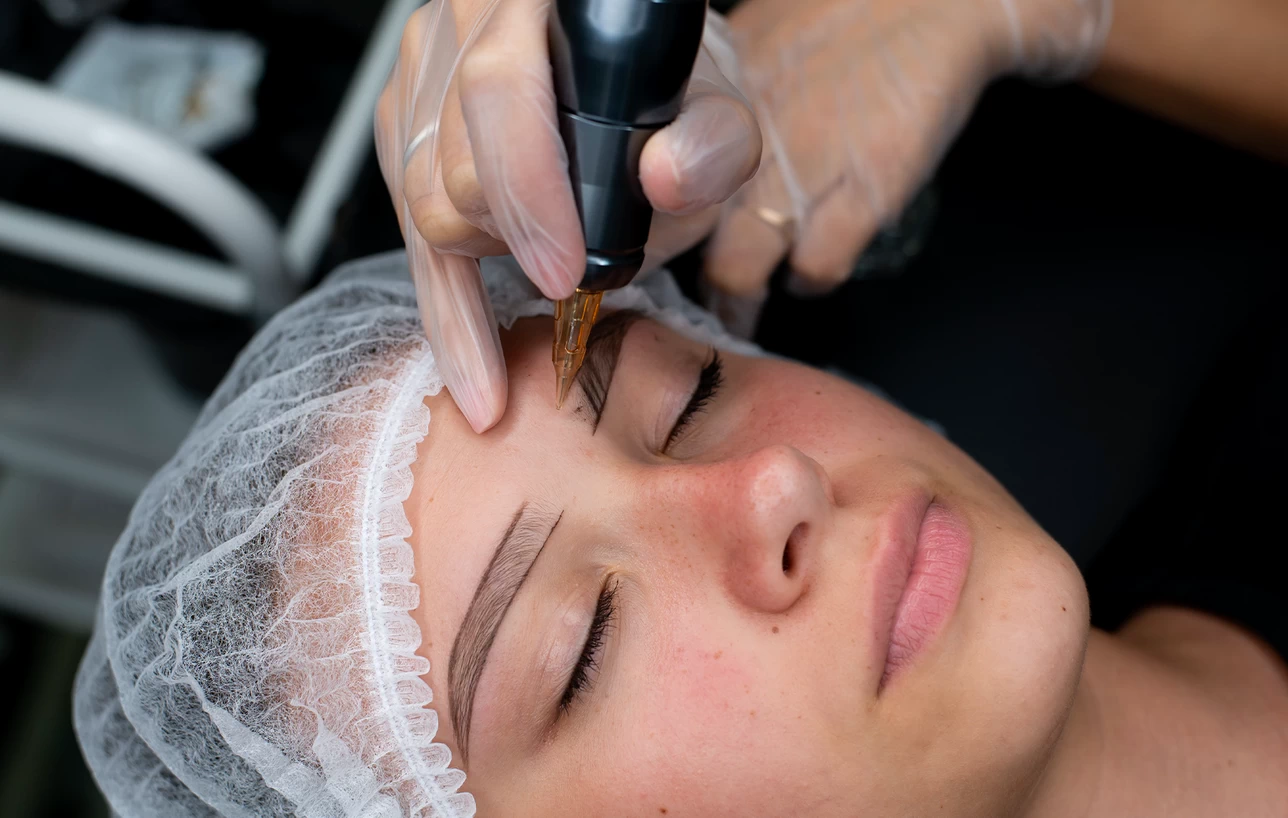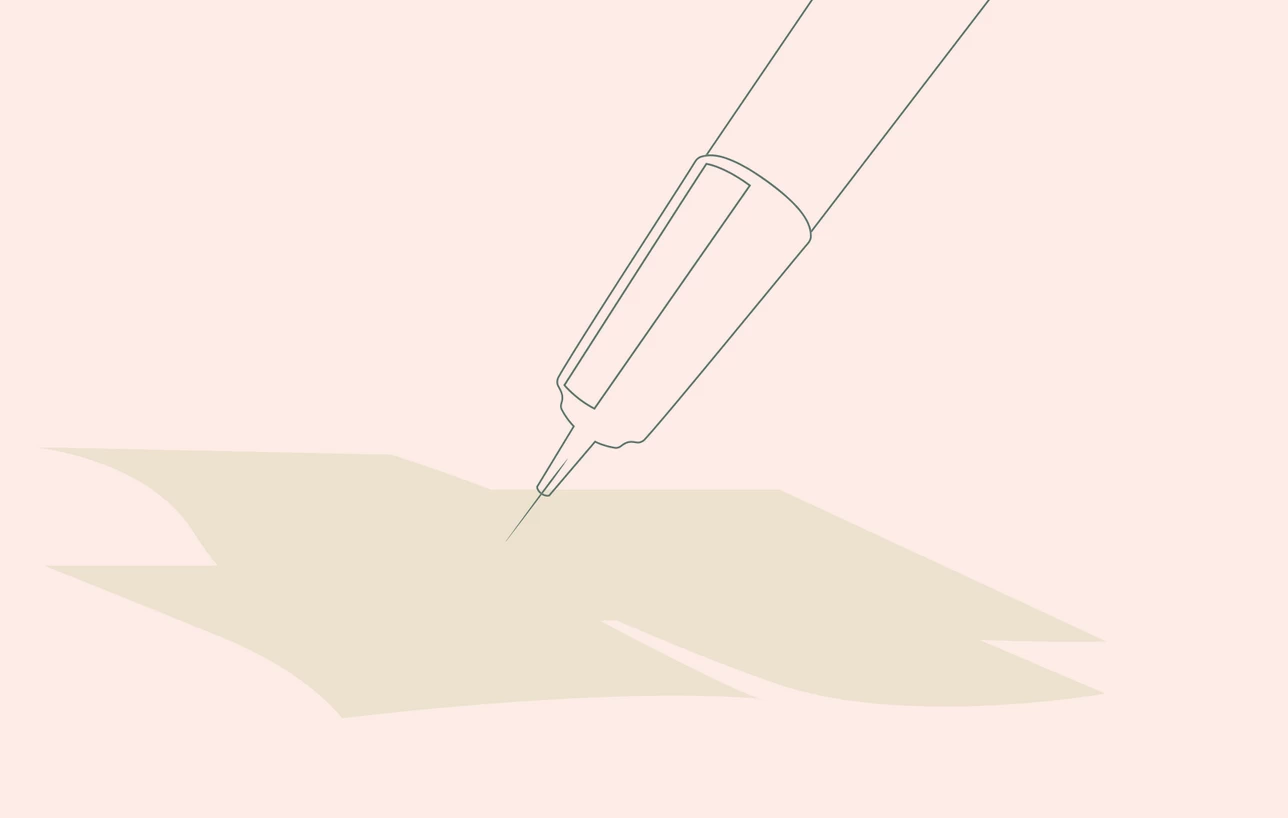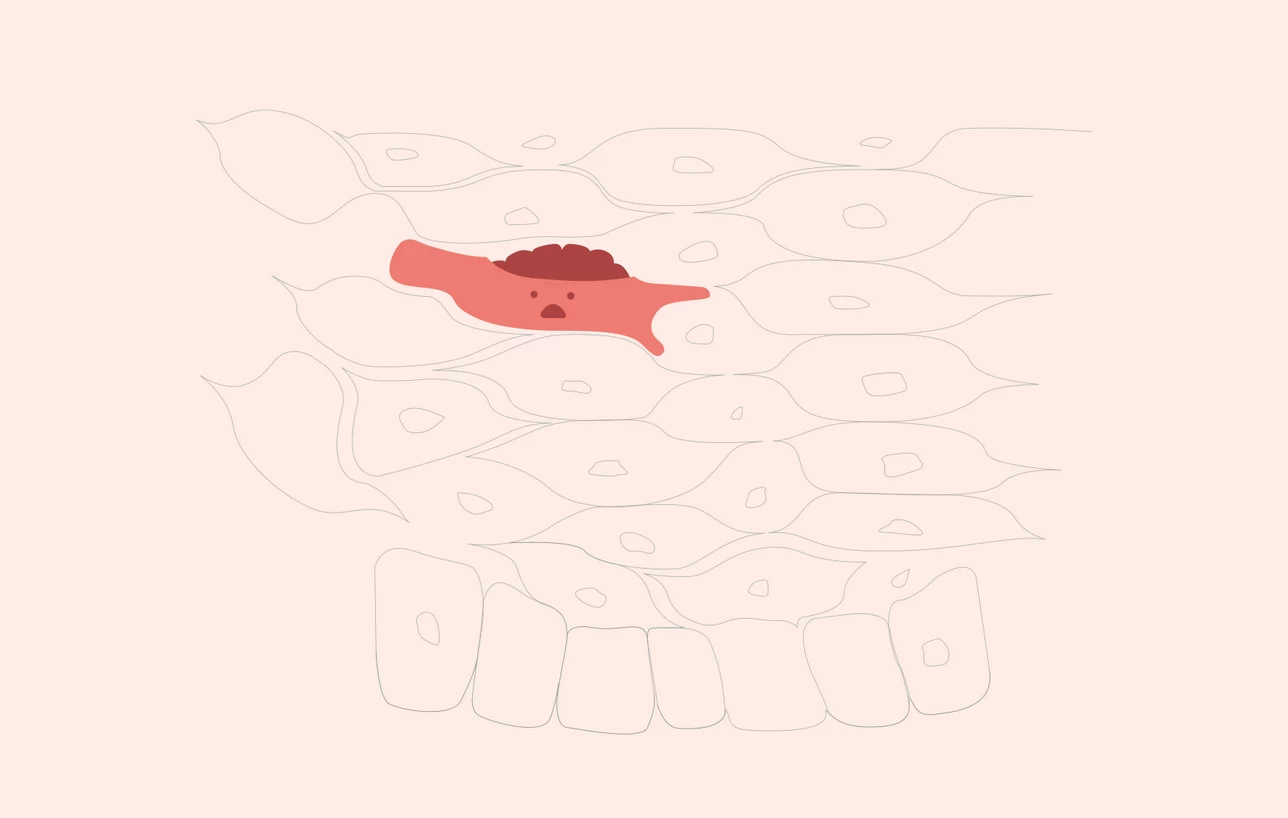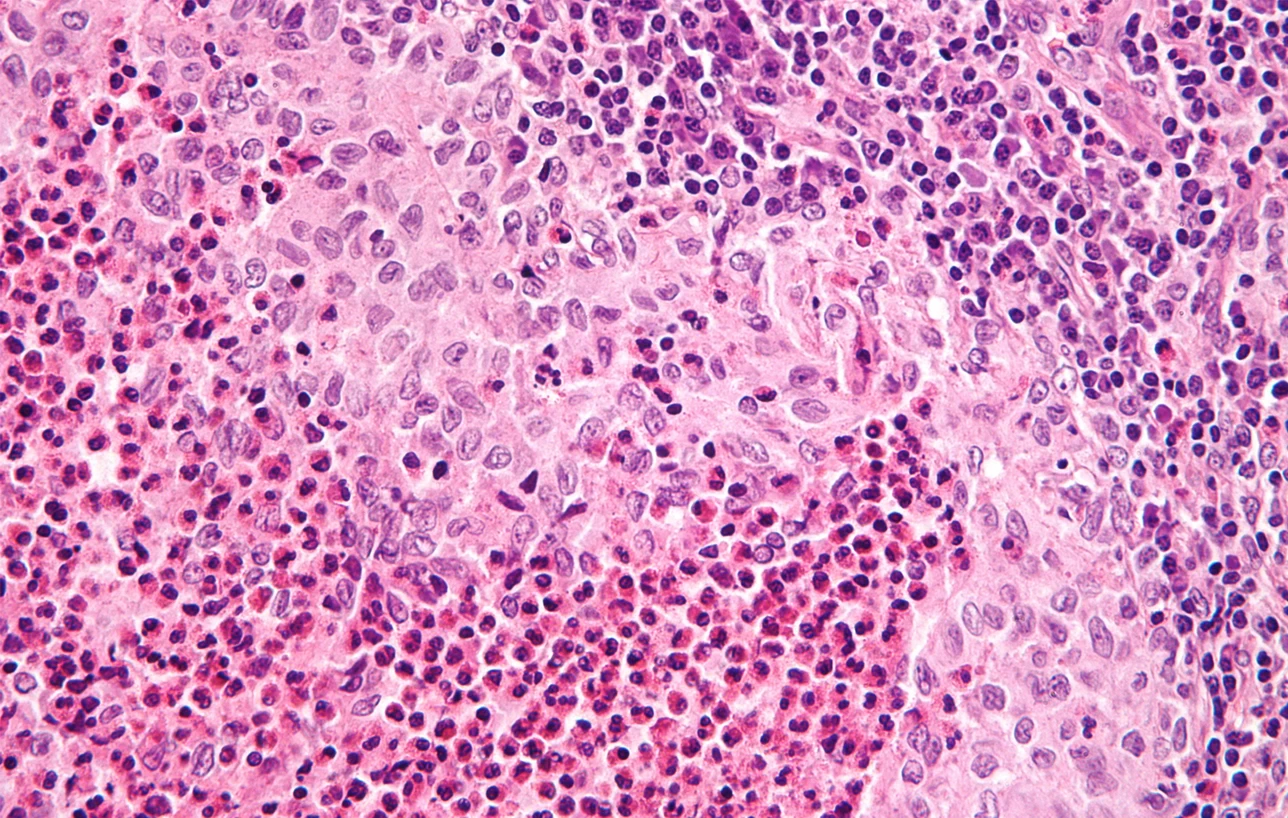As we already know PMU procedures are done within the skin, the top third of the Dermis. As its name says it is permanent, will last for about 1-3 years when it can be touched up or redone again depending on its condition. The condition and the long lasting effect of the PMU very much depends on the quality of the skin. In the previous chapters the skin types, issues and natural processes were discussed. During PMU the skin’s processes change a little bit.
